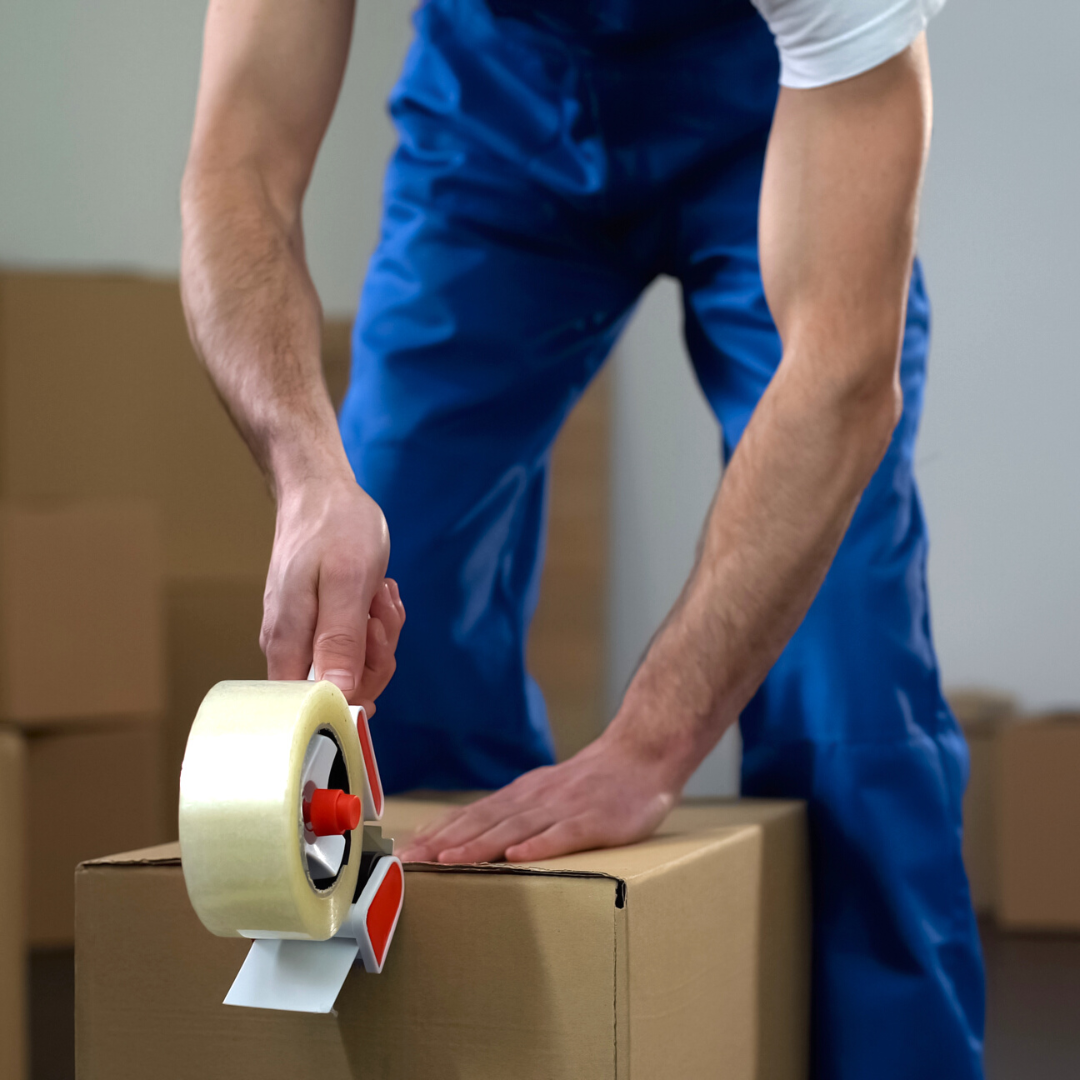
How Much Does Moving a Three-Bedroom House Typically Cost?
May 20, 2023
The Busiest Months For Movers
May 20, 2023Allow a piano time to adjust and settle in its new environment before tuning it. Furthermore, professional movers who specialize in piano moving may provide much-needed support.
Overall, if the move is conducted appropriately it should not affect your piano’s tuning significantly. The primary concern lies with the climate within the moving truck itself which may cause major fluctuations in temperature and humidity levels during transport.
Tuning
Pianos require regular tuning to remain at their proper pitch. Before any move takes place, this process should be undertaken as it could affect how effectively the instrument stays in tune once at its new destination.
Many people assume that moving their piano will cause it to go out of tune, however this is not necessarily the case. Pianos are extremely durable instruments and it would require significant force to knock them out of tune.
Pianos tend to go out of tune during relocation because the climate in the moving truck is often uncontrolled, leading to extreme temperature swings affecting their tuning quickly.
Once the piano arrives at its new home, it must adjust to the humid levels in its new environment. This may take some time and require multiple tuning sessions before the instrument becomes comfortable with its surroundings.
Maintenance
Pianos should be tuned at least two times annually. Tuning should occur both before moving it and once it has settled into its new home. In an ideal world, four tunings would occur per year: once for each season cycle.
Moving a piano should not cause it to go out of tune if properly protected and transported; rather, extreme shifts in temperature and humidity between locations can impact its tuning.
If you want to keep your piano in top condition, investing in an effective climate control system is vital. A quality system will monitor internal humidity levels and adjust as necessary, adding or subtracting moisture as necessary to avoid major shifts in tuning. Jars of water or any other home remedies to adjust humidity levels could potentially do more harm than good and should therefore be avoided as much as possible.
Cleaning
Before moving a piano, taking time to properly clean it is key to protecting its internal workings from dust or lint entering its workings. Any left behind could endanger its action mechanism and soundboard; for this task a feather duster should be used judiciously as excessive pressure may damage key surfaces and scratch their surfaces.
Before tuning a piano in its new environment, it is essential that it has enough time to acclimate. Wood pianos react to humidity levels in the air, while moving trucks may experience significant temperature changes during transport which could cause drastic tuning changes during transit. To prevent this problem from arising again, make sure your new location can accommodate for your piano by measuring doorways, staircases and other obstacles so as to ensure it can get where it needs to be safely.
Storage
Professional piano movers can be trusted to transport it safely during a move. Since pianos are extremely heavy and awkwardly shaped objects, special tools and techniques may be required for lifting and maneuvering them safely. Furthermore, their transport should ensure protection from scratches, scuff marks or any other potential damages during transport.
If you have an old or new piano that requires storage, be sure it has ample room and that the facility is climate controlled. In addition, consider covering it with heavy-duty blankets to increase protection.
After being moved from one environment to the next, pianos can quickly go out of tune due to changes in humidity causing wood swell and shrink, affecting strings and tuning pins. For best results and to avoid frustration and wasted money, wait until your piano has returned home before having it tuned again – this can save both time and money!




